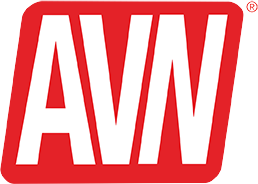Spam as a whole continued metastasizing in February, but porn spam plummeted even as on- and offline dating spam swelled during that month, according to e-mail management company Email Systems.
Porn spam—memorably described by Chicago-based adult attorney J.D. Obenberger as " urinating in the well we all drink from"—collapsed by 92.5 percent in February while dating service spam ballooned 171 percent, Email Systems said, adding their call was based on several million clients' e-mail messages analyzed during the month.
“The drop in pornographic spam is incredible considering that this type of mail was the most prevalent type of spam just over a year ago," said Email Systems chief executive Neil Hammerton announcing the findings March 1.
"The change indicates how spam as a whole has shifted towards overtly promoting scams, financial incentives, cheap products and other consumer-focused opportunities in an attempt to encourage mainstream recipients to part with their cash," Hammerton said.
Virus-passing spam, by comparison, seemed very low compared to the general spam volume picture, according to Email Systems analysis, but Hammerton warned not to take that as meaning virus traffic itself has fallen. “Although the proportion has decreased," he said, "the amount of virus traffic has actually increased since late 2004, which again underlines the massive quantities of spam that are now being distributed each day.”
Overall, Email Systems said its analysis suggested spam in general rose in February to where 92.08 percent of all incoming e-mail qualifying as spam, compared to just under 90 percent in January. Email Systems said February's figure was the first time the company had ever been able to determine an incoming spam volume higher than 90 percent.
As fat as the rise in dating spam was, the number one spam subject in February was medical and pharmaceutical spam, accounting for almost one out of two spam messages, Email Systems said, with other prevalent spam categories including education and college degree offering, inexpensive software, travel, religious, and financial spam.









